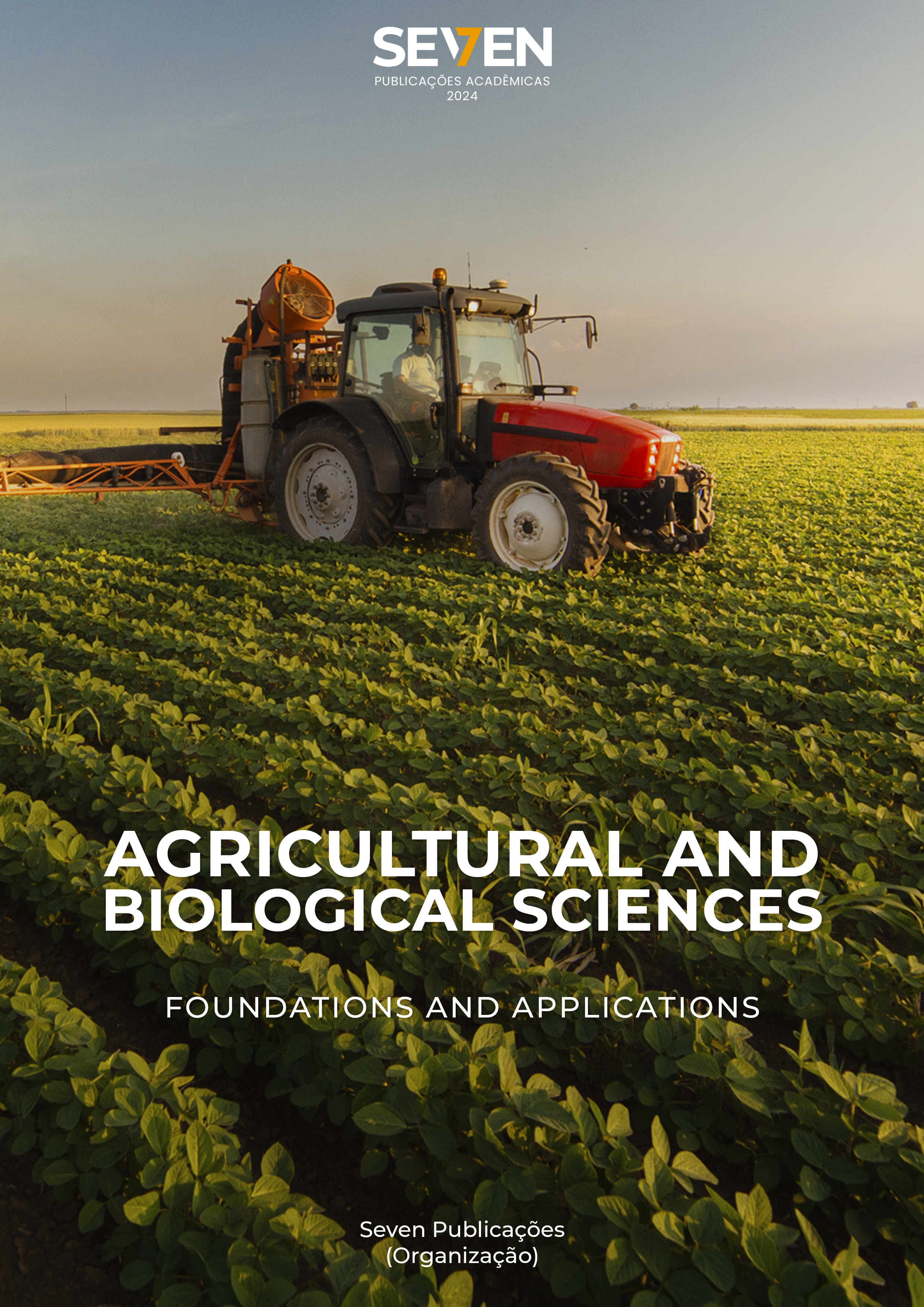Outbreak of edema disease in piglets in the Sertão da Paraíba
Keywords:
Swine disease, Toxi-infection, E. coliAbstract
Edema disease is a worldwide toxi-infection, which mainly affects recently weaned piglets, and is caused by verotoxigenic strains of Escherichia coli bacteria. The epidemiological, clinical and anatomopathological aspects of an outbreak of edema disease in pigs in the hinterland of Paraíba are described. Piglets of both sexes were affected in the post-weaning period. The clinical course was acute, characterized by neurological manifestations and edema. At necropsy, edema of the eyelid, stomach wall, mesocolon and ascites were observed. Histopathology of the nervous system showed an increase in perivascular spaces associated with edema. There were also occasional neurons located in the frontal, temporal and occipital cortices and basal ganglia with cytoplasmic hypereosinophilia and nuclear pycnosis. The diagnosis was established through epidemiology, clinical signs, anatomopathological findings, and microbiological isolation of the agent. Some epidemiological factors are capable of predisposing animals to E. coli infections. Thus, it is necessary to implement preventive measures in order to minimize risk factors that are linked to adequate nutritional and sanitary management.
Downloads
Published
Issue
Section
License
Copyright (c) 2024 Dlean da Silva Garcia, Flaviane Neri Lima de Oliveira , Erick Platiní Ferreira de Souto , Vitória Dantas Wanderley , Artefio Martins de Oliveira, Antonio Flávio Medeiros Dantas

This work is licensed under a Creative Commons Attribution-NonCommercial 4.0 International License.





